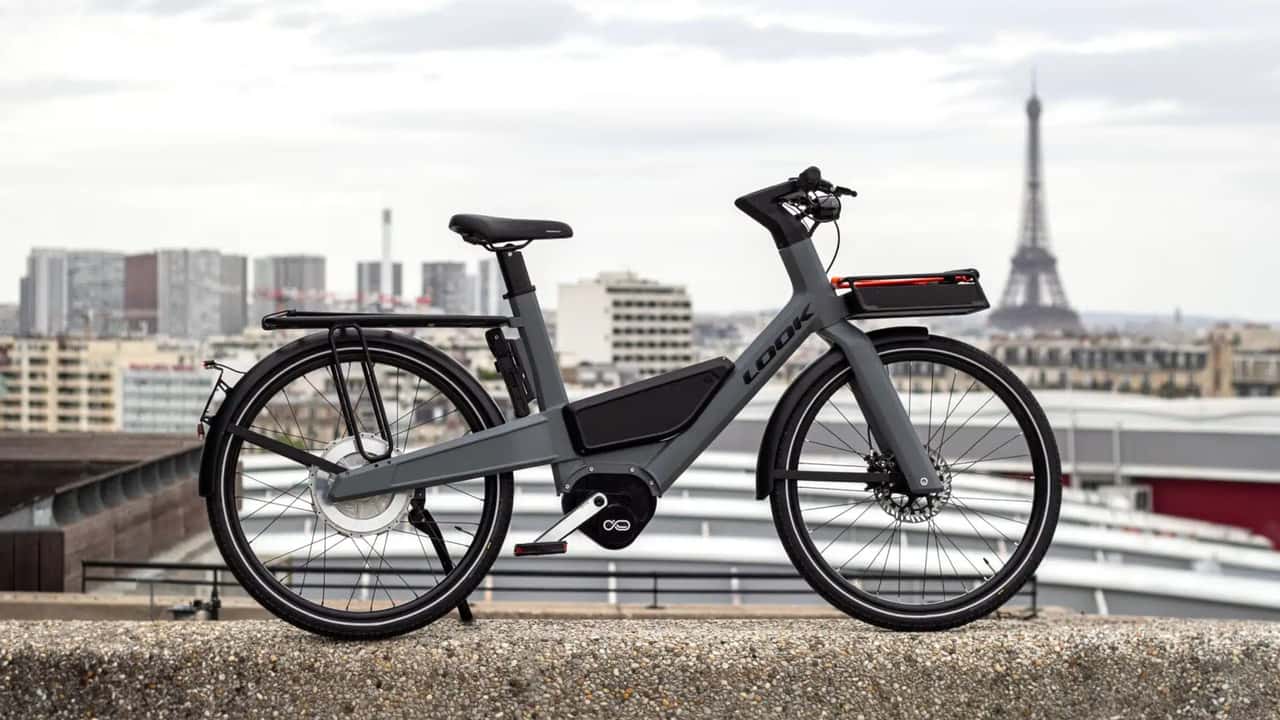At present, most electric bicycles still make use of a physical connection between the rider's legs and the rear wheel being driven. Either via chain, or more recently gaining popularity, via belt, e-bike motors retain a semblance of real biking, as the rider is either required to pedal for the motor to run, or has the option of pedaling when they choose to do so.
With that said, technology has advanced such that manufacturers seem to be making things needlessly complicated. Case in point: digital drives. We’ve talked about so-called digital drives in the past, and quite a few manufacturers have been pushing this tech. A good example of this is the Rover 45, a joint venture between bike specialist Look and active mobility company Cixi. In essence, the Rover 45 is an e-bike with pedals. However, the pedals have no physical connection to the driven wheel – no chain or belt.

Instead, the way the Rover 45 works is through a bunch of sensors and wires. You crank away at the pedals, and the controller interprets each pedal stroke and sends a signal to the rear-mounted motor to turn the rear wheel. This also means that you can crank away at the pedals while at a stop or while coasting, and charge up the battery in the process.
Look and Cixi are among a good number of e-bike specialists that are pushing digital drive technology forward. Pendix, for instance, is another brand that we’ve talked about in the past, and apart from making integrated motors and gearboxes, also dabbles in digital drive systems. In the case of the Rover 45, it’s clearly a cut above your run-of-the-mill e-bike in terms of performance. In Europe, e-bikes are restricted to 250 watts and 15 miles an hour. The Rover 45 can hit a top speed of 28 miles per hour, and as such is classified as a Speed Pedelec in parts of Europe.

Although still a concept at the moment, the Rover 45 boasts tech that could be beneficial for some e-bike types. The unique configuration of this motor is clearly complicated, and defies the simple nature of the good old bicycle. However, it isn’t without practical applications. For instance, specialized e-bikes like heavy-duty cargo haulers could certainly benefit from this technology. Their long frames and extended wheelbases sometimes mean that using a chain or belt is impractical, and eliminating external moving parts could simplify the design of bikes like these.
Sources: E-Bike News, Look x Cixi

